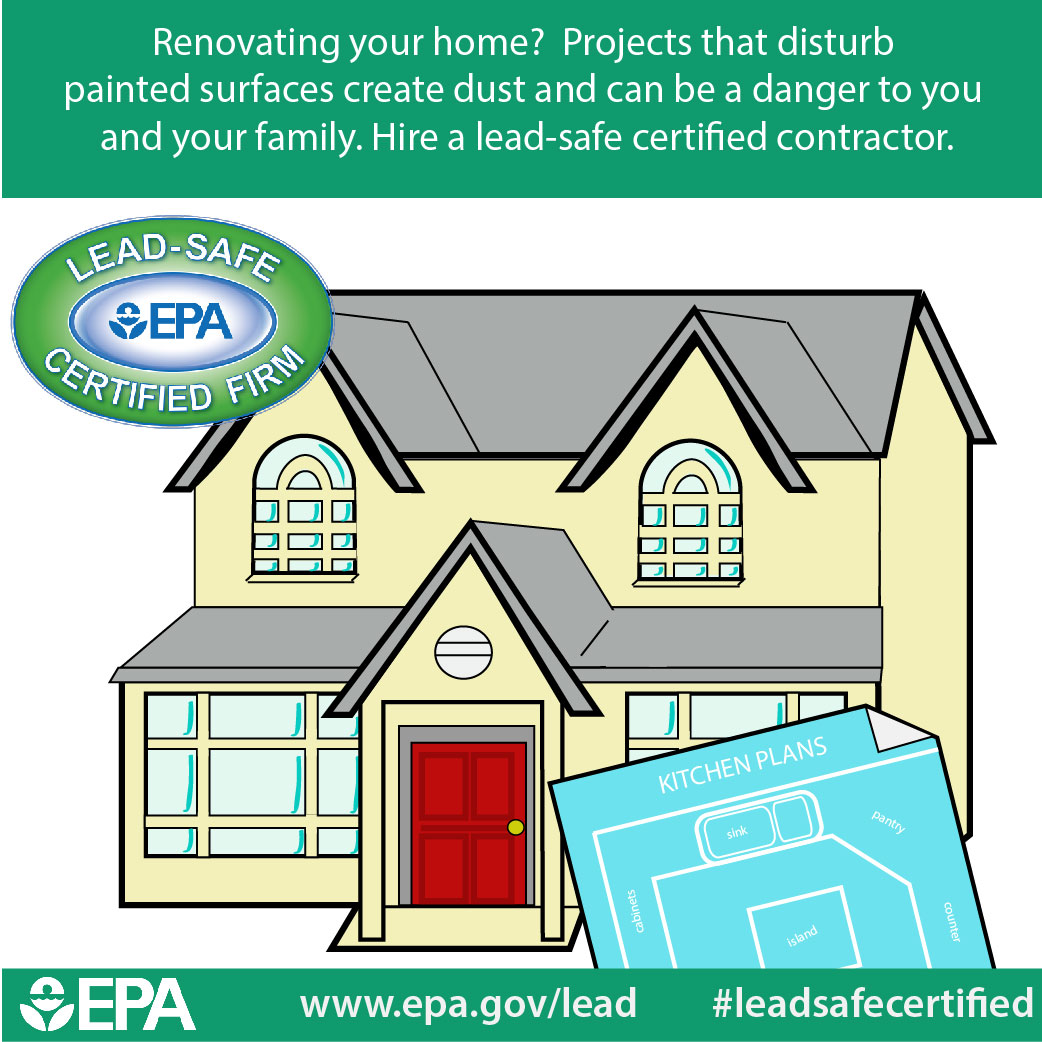The Function Of Weather Condition In Commercial Outside Paint: What You Need To Know
The Function Of Weather Condition In Commercial Outside Paint: What You Need To Know
Blog Article
Posted By-Beasley Bendtsen
When you're intending an industrial outside painting job, don't ignore the influence of weather condition on your outcomes. You require to think about aspects like temperature level, humidity, and rainfall, as they can make or damage your paint work. For instance, did you understand that excellent problems call for particular temperature level varieties and moisture degrees? Stopping working to check these aspects can result in irregular finishes and even damages to fresh paint. Comprehending these elements is vital to accomplishing a lasting, professional end result. So, what certain weather should you be wary of?
Temperature Considerations
When it comes to industrial exterior painting, temperature plays a crucial role in the result of your task. If you're repainting in severe heat, the paint can dry too quickly, bring about problems like bad adhesion and irregular surfaces. You intend to go for temperature levels between 50 ° F and 85 ° F for the very best outcomes. Below 50 ° F, paint might not heal properly, while over 85 ° F, you risk blistering and breaking.
Timing your project with the right temperatures is important. Beginning your work early in the morning or later on in the mid-day when it's cooler, particularly throughout hot months.
Likewise, take into consideration the surface temperature level; it can be substantially more than the air temperature level, particularly on warm days. Utilize a surface area thermometer to check this before you begin.
If temperature levels are unforeseeable, keep an eye on the weather report. interior painting decreases or warm front can derail your plans. You don't want to start painting just to have the problems alter mid-project.
Humidity Levels
Humidity levels substantially impact the success of your industrial external paint task. When metal fence painters is too expensive, it can hinder paint drying out and treating, causing a range of concerns like bad adhesion and complete top quality.
If you're planning a task throughout damp conditions, you might discover that the paint takes longer to dry, which can prolong your job timeline and increase expenses.
On the other hand, reduced moisture can likewise pose obstacles. Paint might dry as well promptly, avoiding correct application and causing an unequal surface.
You'll intend to keep an eye on the humidity degrees very closely to ensure you're functioning within the excellent range, commonly between 40% and 70%.
To obtain the most effective outcomes, take into consideration using a hygrometer to determine humidity before beginning your project.
If you locate the levels are outside the optimum array, you may need to adjust your routine or select paints created for variable conditions.
Always consult the supplier's standards for particular referrals on moisture tolerance.
Rainfall Effect
Rainfall or snow can significantly interrupt your industrial outside paint plans. When precipitation takes place, it can remove freshly used paint or produce an irregular surface. Preferably, you intend to choose days with completely dry weather condition to make sure the paint adheres properly and cures successfully. If you're captured in a rain shower, it's ideal to stop the task and wait for problems to improve.
Moreover, snow can be a lot more destructive. Not just does it create a wet surface area, however it can likewise reduce temperatures, making it hard for paint to completely dry. This can cause issues like peeling or blistering down the line.
It's crucial to examine the weather prediction before beginning your job. If rainfall or snow is predicted, think about rescheduling.
Constantly remember to permit ample drying time between coats, specifically if the climate stays uncertain.
Final thought
In conclusion, watching on the climate is essential for an effective industrial exterior painting project. By keeping epoxy floors tulsa on temperature level, moisture, and precipitation, you can make certain the best conditions for application and treating. Bear in mind to prepare your job around desirable weather and always follow producer guidelines. With the best approach, you'll achieve a lasting, stunning finish that can withstand the elements. Do not let the weather capture you off-guard-- stay informed and repaint clever!
